2023年 第11卷 第1期
2023, 11(1): 1-3.
doi: 10.26599/JGSE.2023.9280001
摘要:
2023, 11(1): 4-19.
doi: 10.26599/JGSE.2023.9280002
摘要:
2023, 11(1): 20-36.
doi: 10.26599/JGSE.2023.9280003
摘要:
2023, 11(1): 37-46.
doi: 10.26599/JGSE.2023.9280004
摘要:
2023, 11(1): 47-54.
doi: 10.26599/JGSE.2023.9280005
摘要:
2023, 11(1): 55-67.
doi: 10.26599/JGSE.2023.9280006
摘要:
2023, 11(1): 68-80.
doi: 10.26599/JGSE.2023.9280007
摘要:
2023, 11(1): 81-88.
doi: 10.26599/JGSE.2023.9280008
摘要:
2023, 11(1): 89-96.
doi: 10.26599/JGSE.2023.9280009
摘要:
 E-mail alert
E-mail alert Rss
Rss


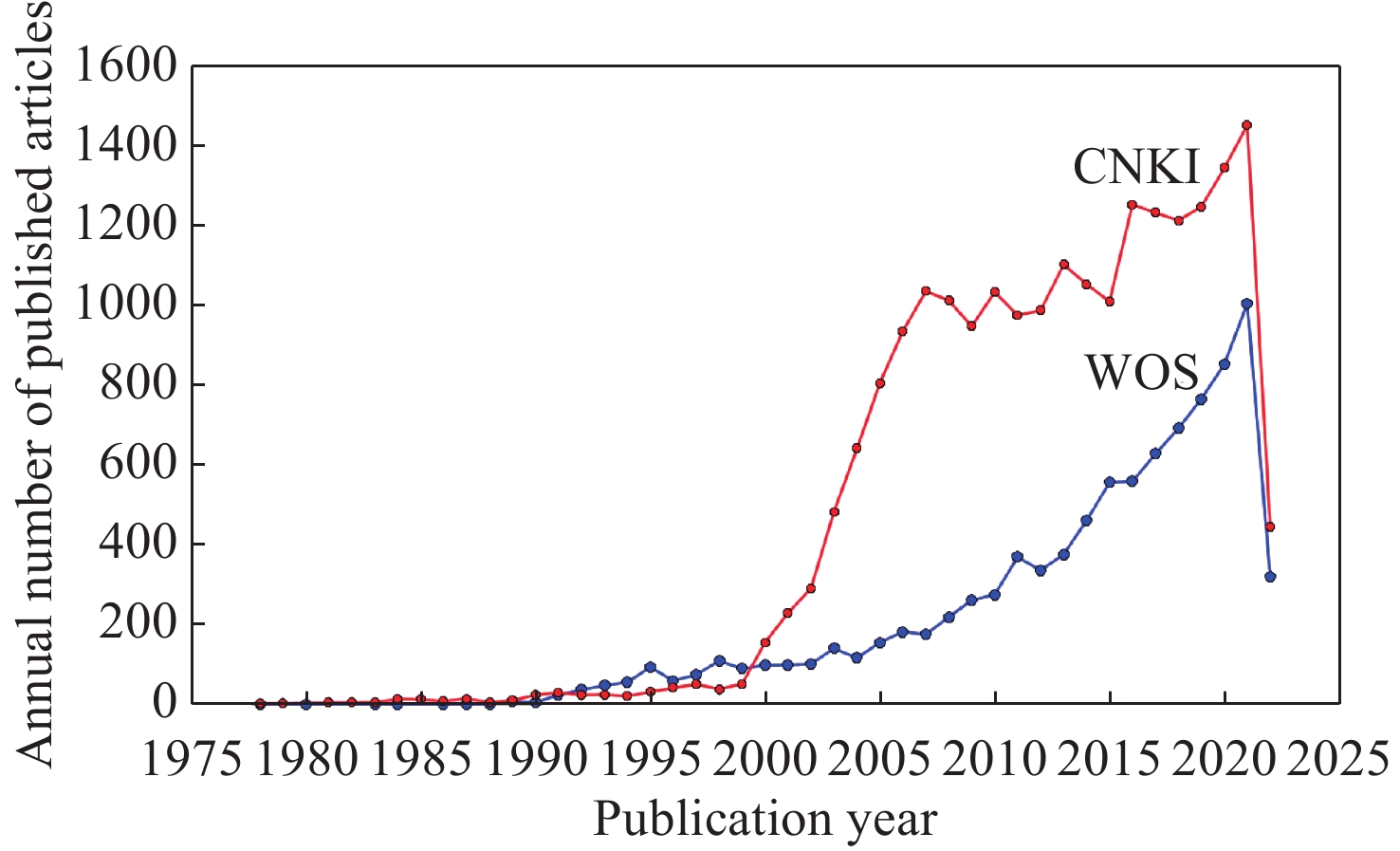
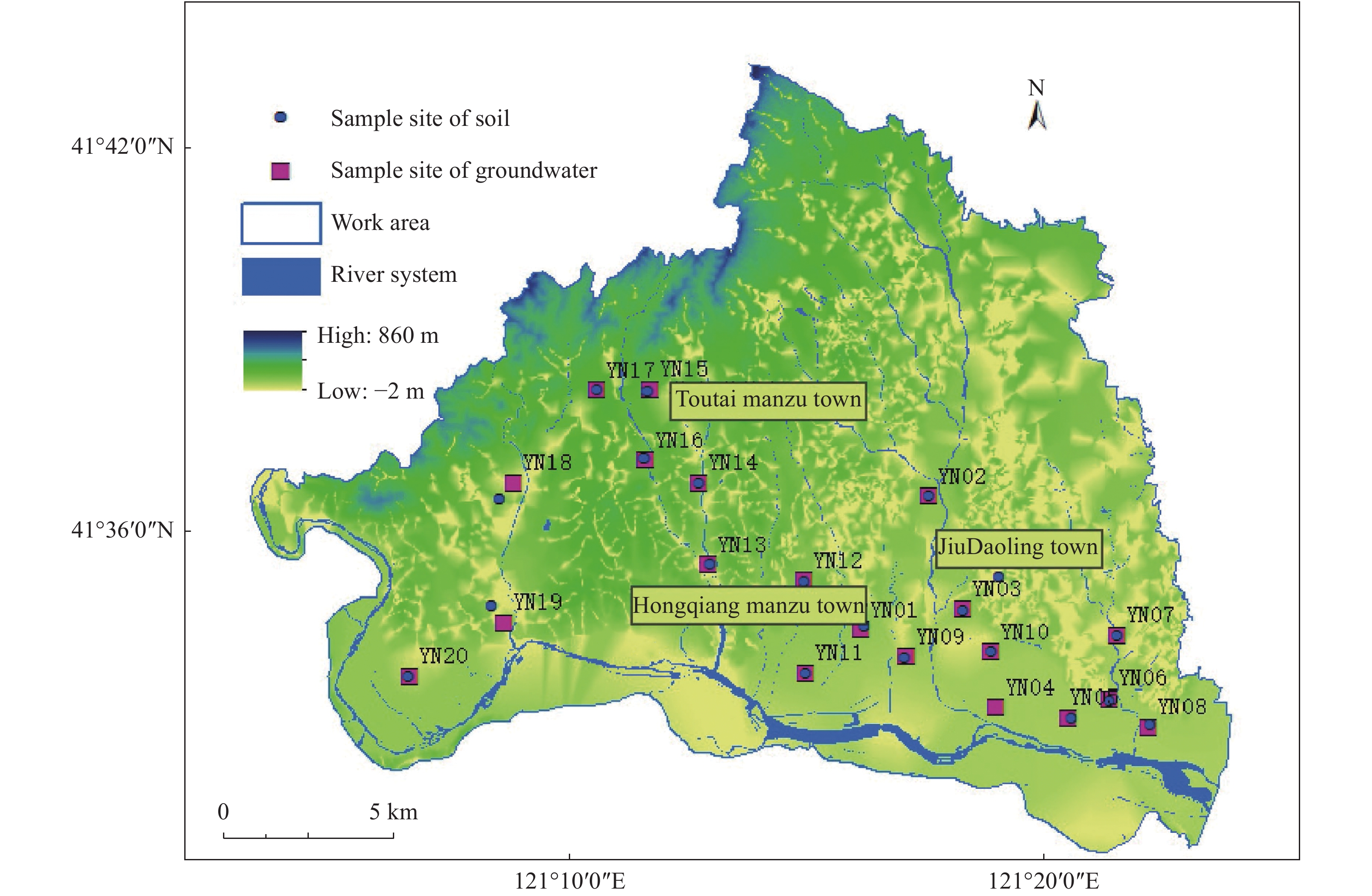
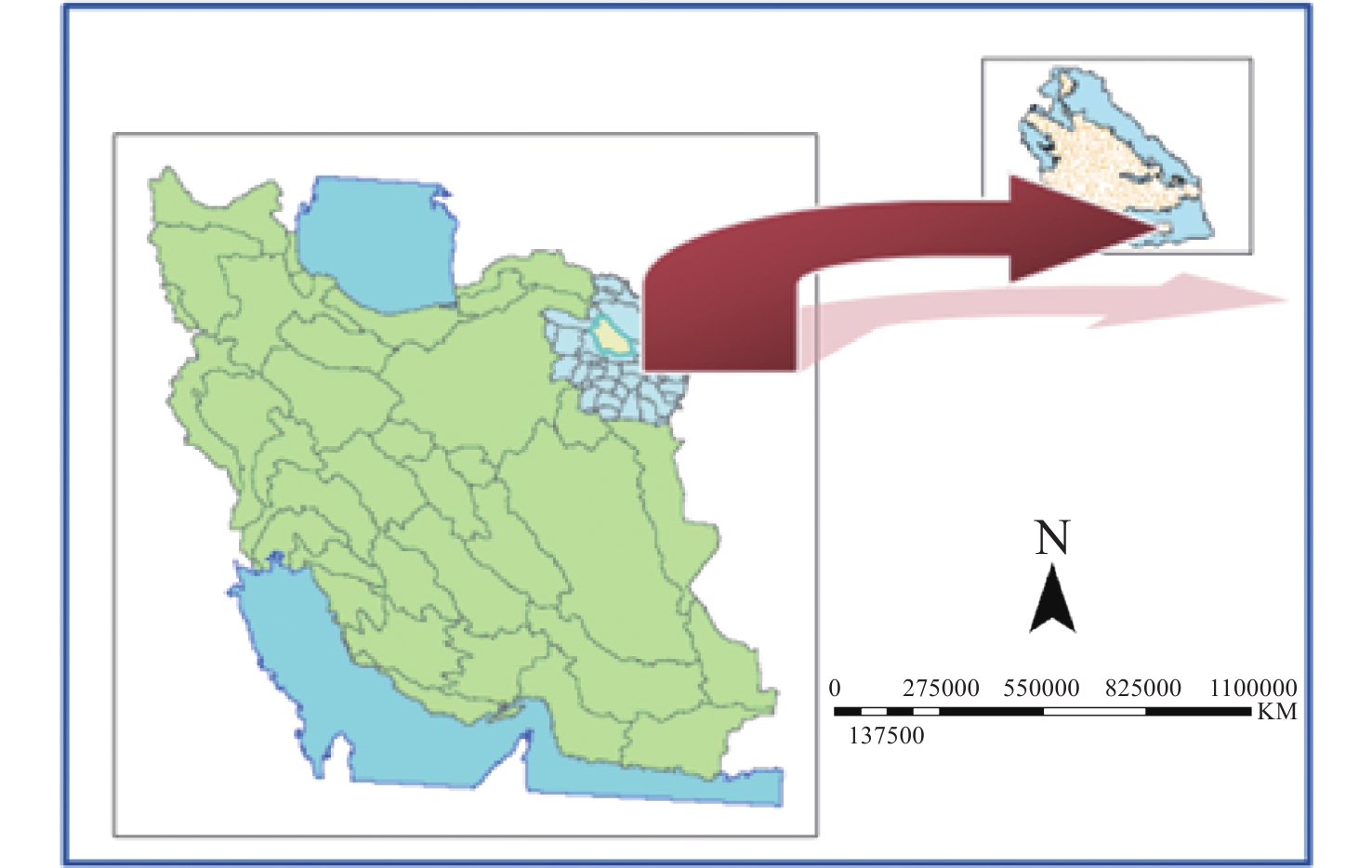
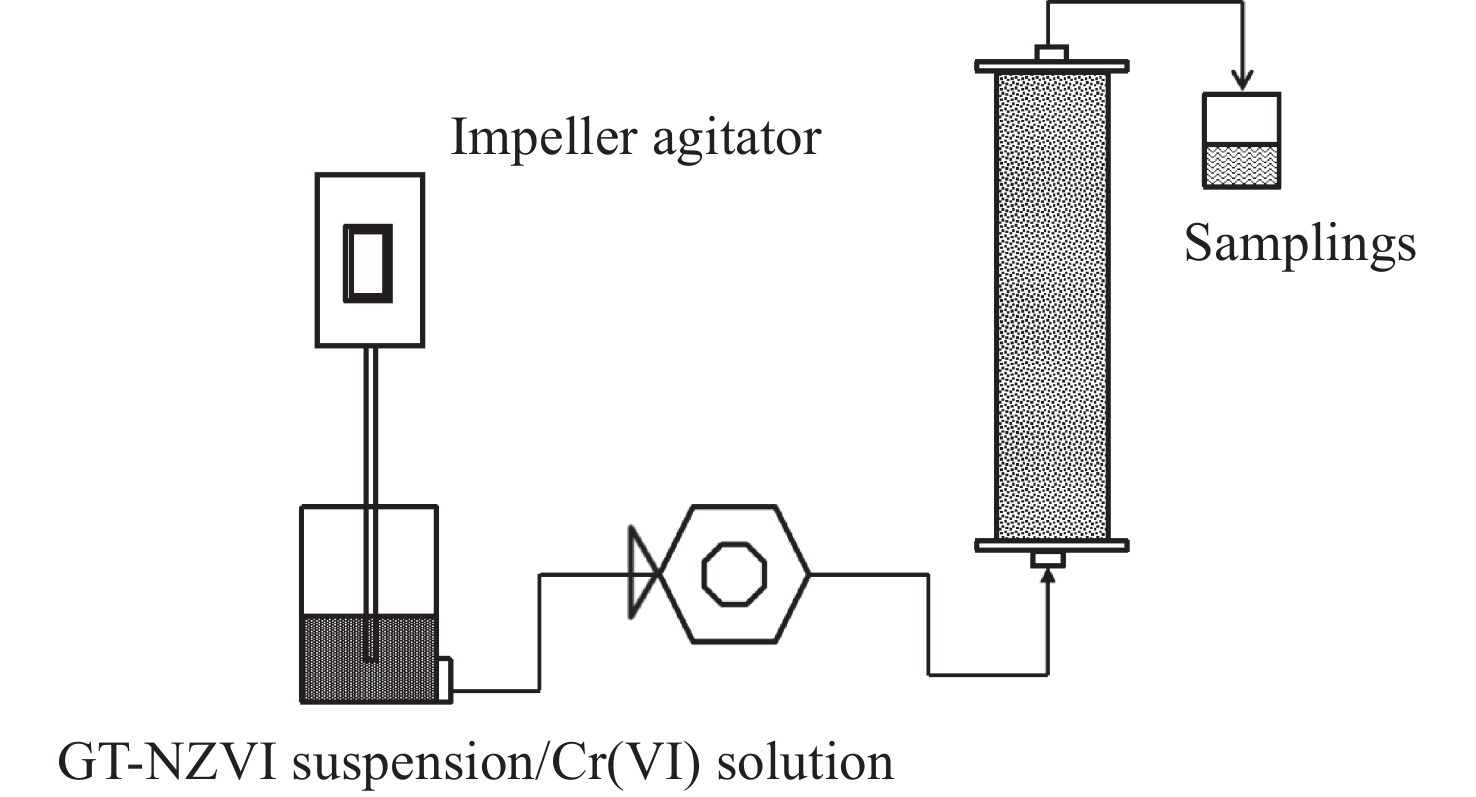

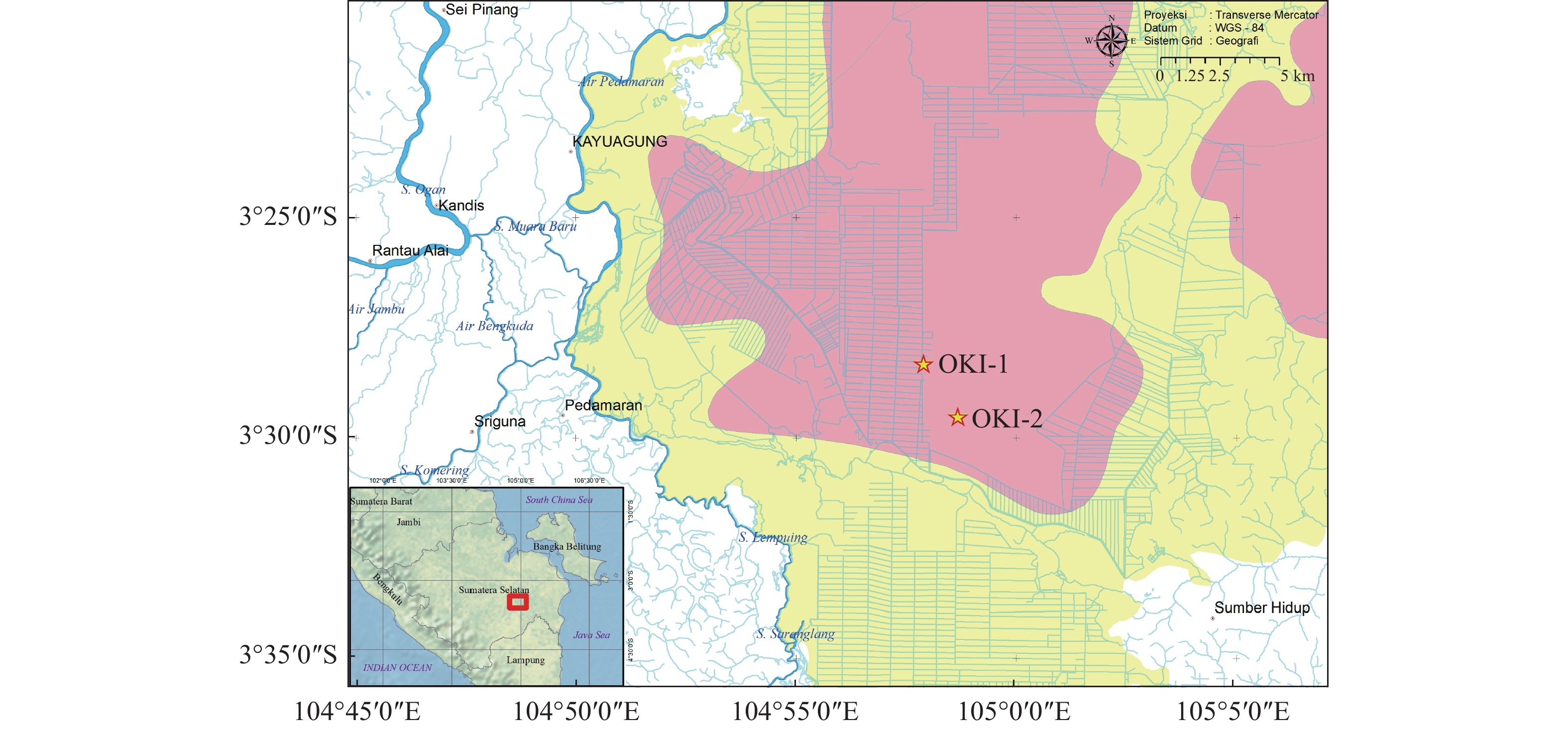
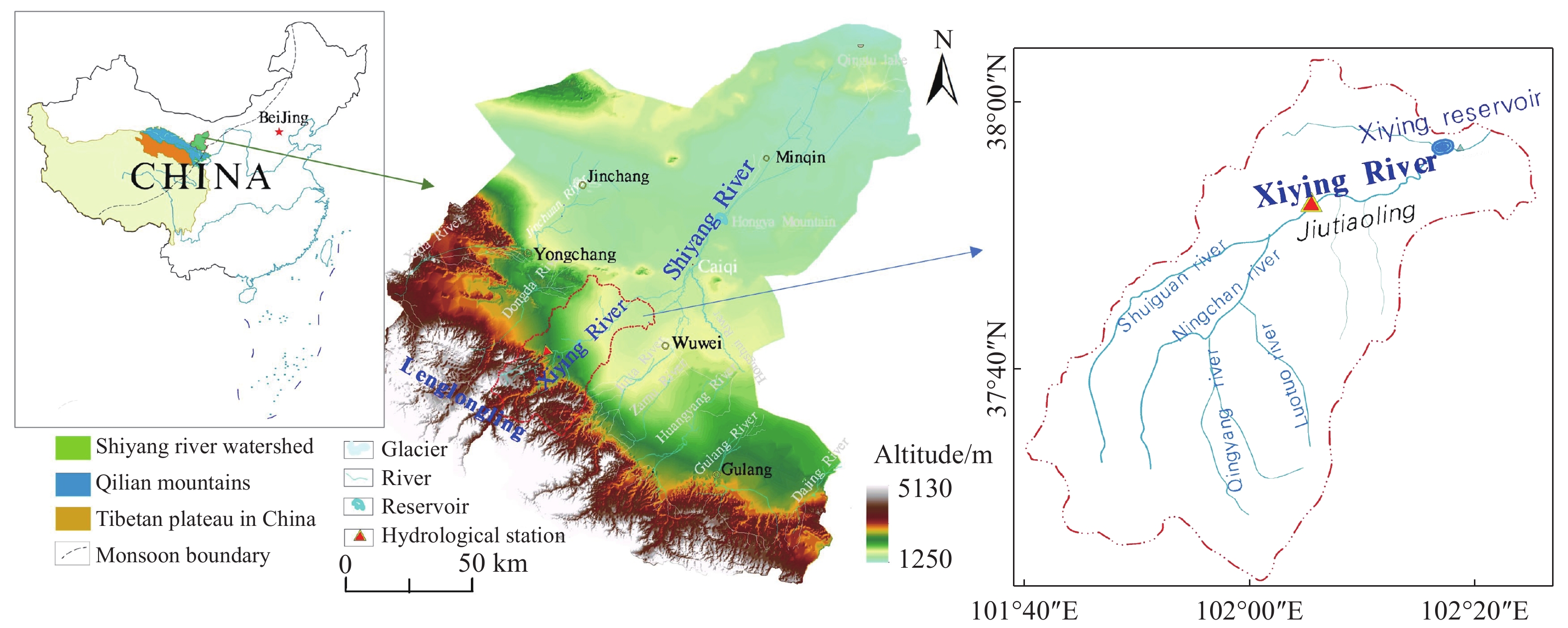

 作者投稿
作者投稿 专家审稿
专家审稿 编辑办公
编辑办公 主编办公
主编办公 新闻动态
新闻动态 下载中心
下载中心 友情链接
友情链接





